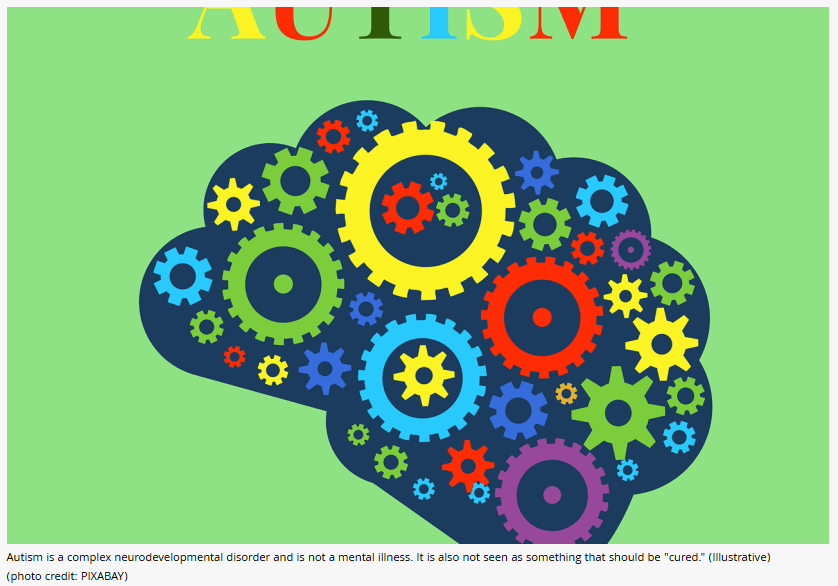The rate of autism in the world and in Israel is on a constant upward trend as researchers continue to try and analyze its causes. A new study, published in the journal Pediatrics, revealed an additional possible genetic origin of autism.
Factors which contribute to higher chances of autism
Researchers found many factors that contributed to a higher chance of autism. For example, young siblings of autistic women had a 34.7% risk of being diagnosed with autism, compared to a 22.2% chance of developing autism in siblings of autistic men.
However, in general, the chance of autism was higher in boys: 25.3% of men were diagnosed with autism, compared to 13.1% of women. In terms of race, in white families, it was found that autism spectrum disorder in another sibling had a 17.8% prevalence, while in the other races, autism in two siblings in the family was at a rate of 25%.
The mother’s education was also found to have an effect. Among mothers with a lower education, the rate of autism in two siblings was 32.6%; among mothers who graduated from high school, the recurrence of autism in another child was 25.5%; in women with a bachelor’s degree, 19.7% and a master’s degree 16.9%.



